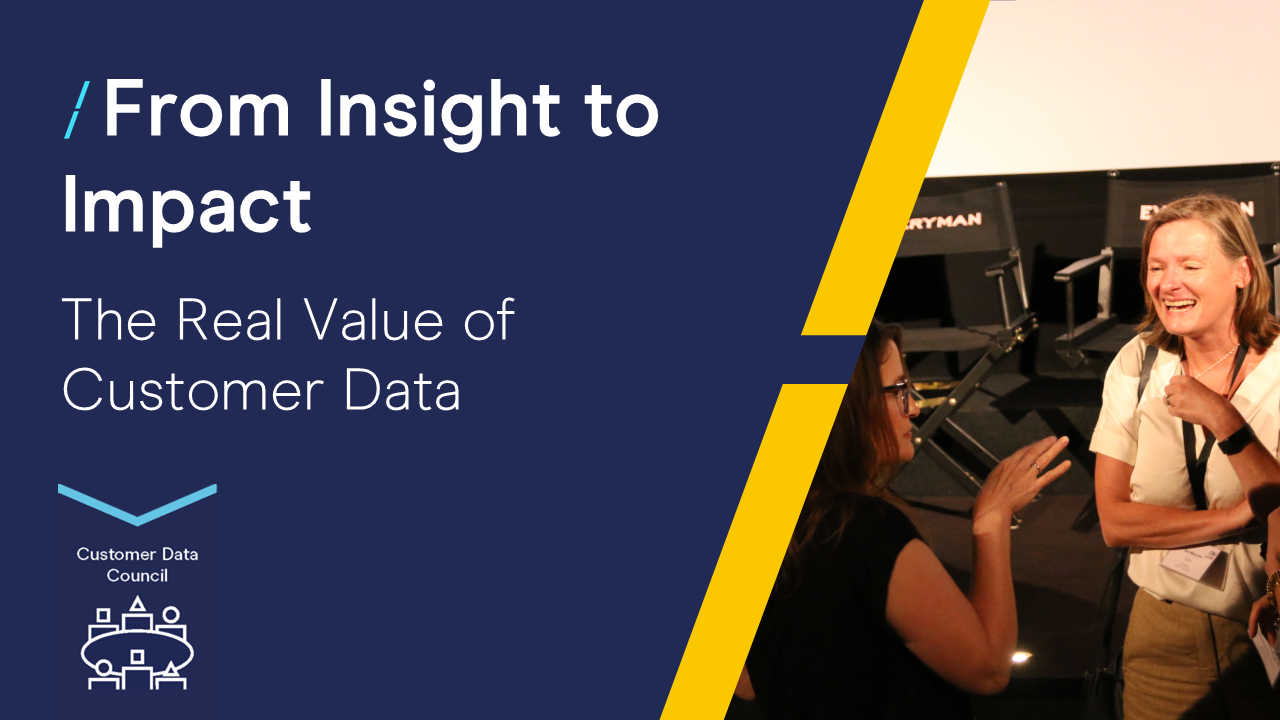Digital can solve our problems â but only when we listen first
11 Aug 2016
by Georgios Achillias
Director of Strategy, Wipro Digital
Consider the amount of noise present in everyday meetings. Nowadays, consultancies are engaged in endless talks with companies that need help and advice. One side is faced with challenges, urgent problems that require speedy solutions, and the need to reach ambitious targets and deliver great results consistently and quarterly. The other side has the right people, required expertise and established models to offer solutions, products, and processes that will support the companies and deliver their promised targets to their shareholders.
At the same time, one side has different agendas to be served and addressed, silos to be overtaken, territories of authority to be redefined, along with the daily stress of overtaking competition, and angst of creating something different and original. The other side has sales goals, chargeability, market share, and analysts judging in the everyday race for productivity.
Solving problems requires ‘cutting through the clutter’
What results from all this is some really smart people in meeting rooms or behind screens during a call, around the world speaking different languages, and across purposes, battling over different concepts to sell and stories to tell or implement, when on principle, both sides need to focus on the same thing – a problem that must be solved. A challenge needs to be addressed in order to deliver something exceptional that will drive the organisation forward and make it competitive or even surpass its previous competitive edge in a fast-paced market.
Both sides are so eager – one to see results, and the other to close the deal and deliver value – that they often miss the point: the need to shift the whole process from something that is sales and results driven on one side, and goals driven and manpower-focused on the other side, to something intangible. This means putting customers at the very centre, and applying collective expertise to define the problem.
A well-defined problem is half solved one
To elaborate, the ability to listen and be perceptive to what the actual needs and agonies are is the most critical element across the journey of the digital transformation. We need to stop dictating solutions and start working towards an in-depth collaboration scheme with the ability to lead us towards solving problems.
Digital is all about transforming the way things work, not just in how we design products, not just in the way parties, companies, people interact, buy, sell, rate, evaluate services, and whether these actions and transactions are tangible or not.
Digital is all about using new technology to solve old problems and cases, with using new ways of thinking and strategic approaches.
Better technology should simplify, not complicate
The biggest challenge we have is to re-establish the connection between what each company has to offer and the audience they want to address, interacting with this audience not only from the sales perspective but also through customer experience.
We need digital to redesign and redefine the way this conversation takes place. We need to understand that the whole product is a new form of a well-established choreography, in which roles can and must be exchanged and steps are to be taught to both partners, so the whole routine can be executed seamlessly.
Moreover, based on data that we gather and we access, we can start to shift the conversation from data outcomes to the more salient semantics-driven perspective.
Determine the problem, create the steps, and choreograph the solution
Digital is here to transform the way we do, perform, act, and interact. But at the same time, it is here to help us solve problems that we couldn’t tackle before because of our limited methods. Design enables us – and teaches us how – to explore every possible scenario behind each decision, each stage, and each formation. Design allows us to map the transition from a legacy infrastructure based on old beliefs and ways to do the job, to a new one focused on solving problems and delivering great value to all parties involved.
Nowadays, we must understand that an answer to requests like “yes, I can do this” should really mean “yes, I will understand how to do things in a better-choreographed way.”
Originally posted on Wipro Digital, an innovation-led, digital transformation partner built for today’s digital challenges.


1.png)


Please login to comment.
Comments